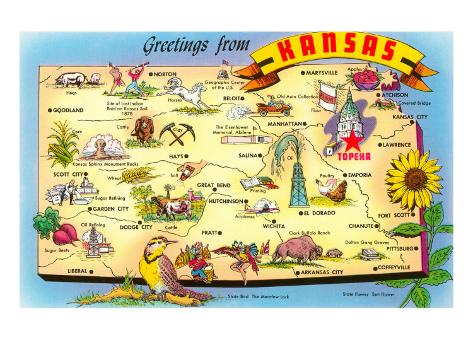The States of the United States:
Alabama
Alabama

State Flag Great Seal


The state flag has a white field with the crimson cross of Saint Andrew was authorized on February 16, 1895. The great seal was designed by William Wyatt Bibb in 1817. He was the governor of the Alabama Territory and remained governor after it became a state in 1819. It was the 22nd state in the union.
The name "Alabama" came from the Choctaw Indian word "Alibamu". It means "I clear the thicket."
The state's nickname: The Yellowhammer State and The Heart of Dixie.
The Yellowhammer is the name of the state bird too.
The Appalachian Mountains start at Mount Cheaha in Alabama.
helenkellerhealth.com/historyfacts-stats/
Alaska
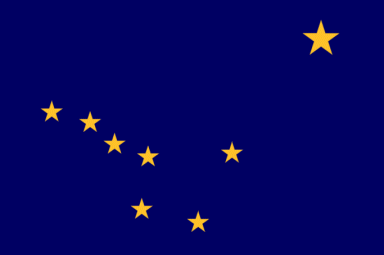

State Flag State Seal
This 49th state was discovered in 1741 by 2 men from the Russian government.
In 1867 the 570,641 square miles territory by brought from the Russians for $7,200,000 dollars. At first it was called "Seward's Folly" because the then Secretary of State William Seward was the official who brokered the deal. People thought the purchase was a waste of money. Since the Gold Rush in 1898, billions of dollars in economic value has been added to the United States economy. In the census of 2013 the population was 735,132 people.
On January 3, 1959 Alaska became a state. The nicknames for Alaska are:
"The Last Frontier" and "Land of the Midnight Sun".
In the Trans-Alaska Pipeline was completed in 1977. The natural ecological disaster happened on March 24, 1989 as 11 million gallons of crude oil leaked from the Exxon Valdez oil tanker that ran aground.
(https://www.infoplease/us-states/alaska.html)
The Size of the state of Alaska compared to the continental U.S.

(alaska.gov/kids/learn/facts.html)
Arkansas


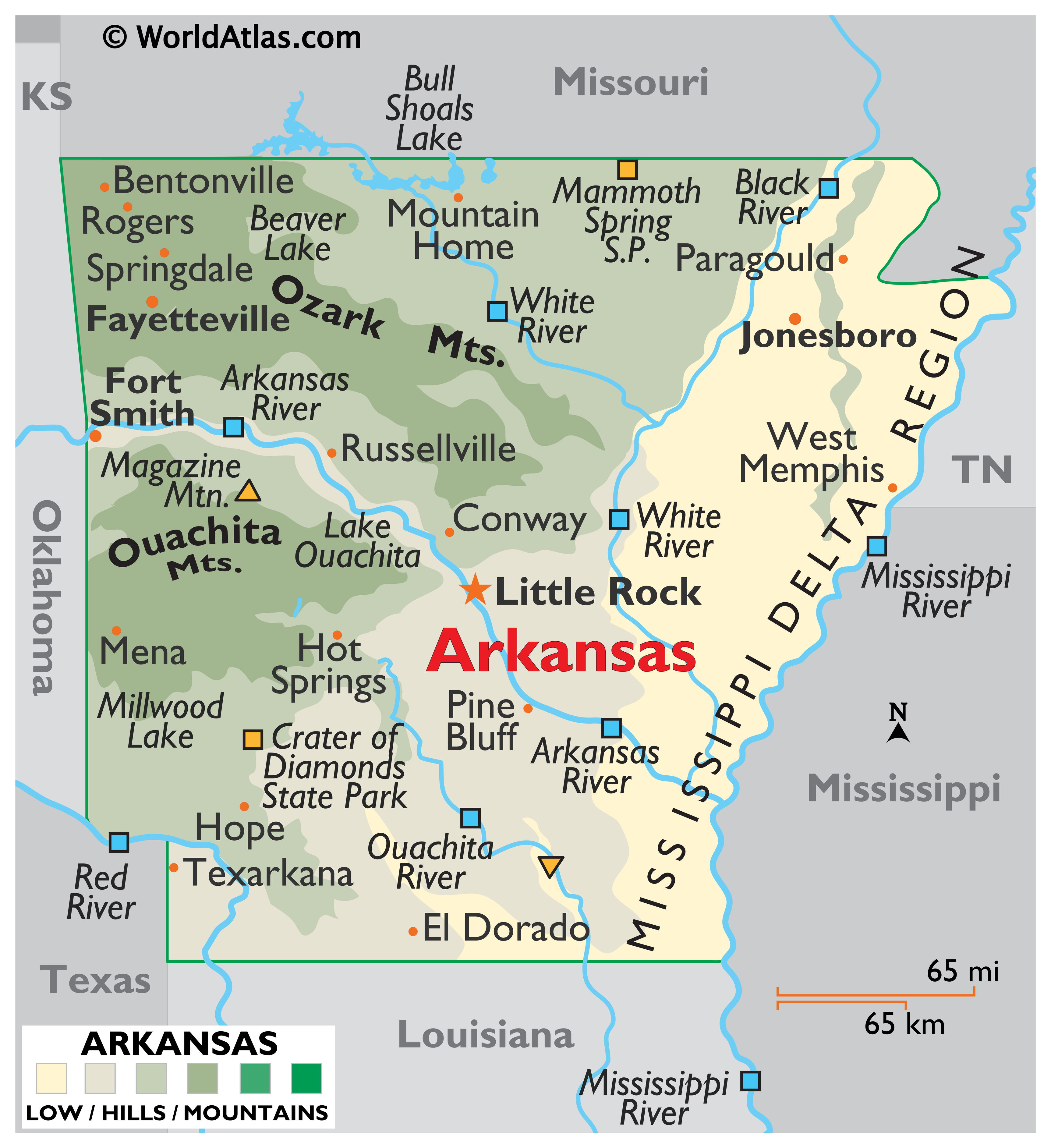
On June 15, 1836 Arkansas became the 25th state in the United States. The name Arkansas came from the French interpretation of a Sioux word "acansa" which means "downstream people".
The state flag has an interesting history since it was learned in the early 1900's that the state did not have a state flag. This came about when the Pine Bluff chapter of the Daughters of the American Revolution wanted the Arkansas state flag to be on the battleship U.S.S. Arkansas. This ship was commissioned in 1912. Then over the next years and several revisions of the flag's design, the final design was finished in 1924. (www.netstate.com/states/symb/flags/ar_flag.html)
The flag's design represents a number of important events in the state's history. The 25 stars in the blue boarder signify that it was the 25th state to join the United States. The colors red, white, and blue represents it being part of the United States of America. The two stars parallel to the name of the state indicate that Arkansas and Michigan became states about the same time. The three stars below the name of the state also show represent the three countries that the territory belonged to: France, Spain, and the United States. These same three stars also show that Arkansas was one of three states formed after the Louisiana Purchase of land from France in 1803. The single star above the state's name indicates that Arkansas was part of the Confederate States of America. The stars also show that Arkansas is the only diamond producing state in our nation. (www.netstate.com/states/symb/flags/ar_flag.htm) Here we have a great history lesson displayed in one flag.
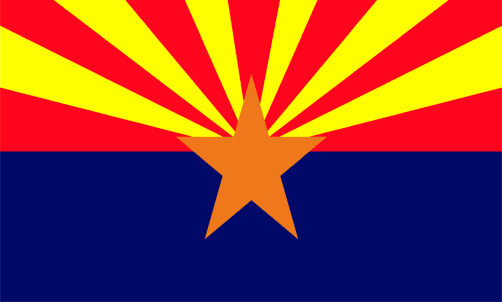


Arizona became 48th state on February 14, 1912. The word "Arizona" comes from the Basque word "aritz onak" meaning "good oak" or the Spanish word "Arizonac" meaning "having a little spring".
The nickname is The Grand Canyon State. Its capital is Phoenix.
The flag's design. The 13 rays of red rays and gold ray located on the to of the flag represent the 13 original colonies of the Union. The rays also represent the rays of the Western setting sun. The bottom half of the flag has the same Liberty blue as the United States flag. This state also is the largest copper producer in the United States, so a largest copper star is placed in the center of the flag. This flag was adopted in 1917.
The state bird is cactus wren. As to its size it is the 6th largest state, but ranks 48th out of the 50 states in its amount of water.


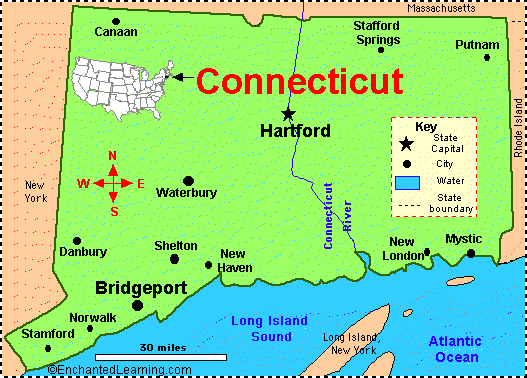
The flag's design represents a number of important events in the state's history. The 25 stars in the blue boarder signify that it was the 25th state to join the United States. The colors red, white, and blue represents it being part of the United States of America. The two stars parallel to the name of the state indicate that Arkansas and Michigan became states about the same time. The three stars below the name of the state also show represent the three countries that the territory belonged to: France, Spain, and the United States. These same three stars also show that Arkansas was one of three states formed after the Louisiana Purchase of land from France in 1803. The single star above the state's name indicates that Arkansas was part of the Confederate States of America. The stars also show that Arkansas is the only diamond producing state in our nation. (www.netstate.com/states/symb/flags/ar_flag.htm) Here we have a great history lesson displayed in one flag.
Arizona



Arizona became 48th state on February 14, 1912. The word "Arizona" comes from the Basque word "aritz onak" meaning "good oak" or the Spanish word "Arizonac" meaning "having a little spring".
The nickname is The Grand Canyon State. Its capital is Phoenix.
The flag's design. The 13 rays of red rays and gold ray located on the to of the flag represent the 13 original colonies of the Union. The rays also represent the rays of the Western setting sun. The bottom half of the flag has the same Liberty blue as the United States flag. This state also is the largest copper producer in the United States, so a largest copper star is placed in the center of the flag. This flag was adopted in 1917.
The state bird is cactus wren. As to its size it is the 6th largest state, but ranks 48th out of the 50 states in its amount of water.


Connecticut was the fifth colony to join the Union on January 9, 1788. Its capital is Hartford and 48th largest state but the 29th most populous.
The state's name came from the Mohican/Algonquin Indian word "quonehtacut" which means "long tidal river". The state's nickname is Constitution State. Interestingly the state song is Yankee Doodle. The state flag was adopted in 1897. [www.enchantedlearning.com/usa/states/connecticut]
This state has a rich history of t he Revolutionary War. The state passed "anti-Tory" laws which caused many citizens of the state to flee their homes and farms or face prison time. The Brooks line of my family were among those who still felt loyal to the king of England. They had to flee to Canada and later established a settlement on Prince Edwards Island in Canada. This state became know as the Provision State during the Revolutionary War because food, cannons, and other supplies were provided for the Continental Army. A hero of the war was Nathan Hale. A "heel" of the war was Benedict Arnold. The Battler of Bunker Hill's hero was Israel Putnam. [conneticuthistory.org/topics-page/revolutionary-war]
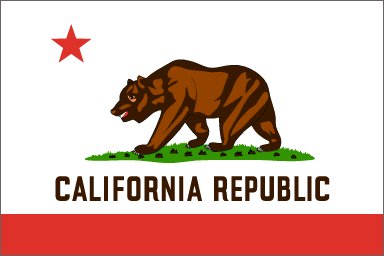
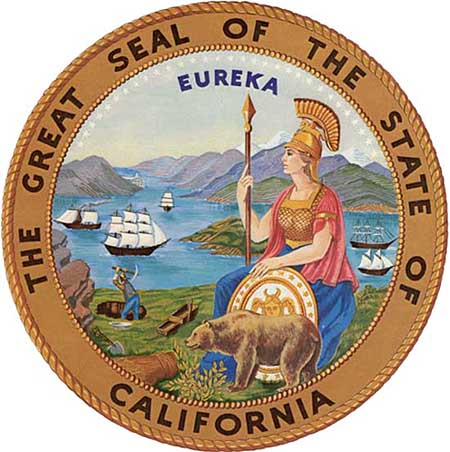

The capital city is Sacramento. It is the 3rd largest state and it entered the union in 1850 as the 31st state. California has the highest population of Native Americans of 6 different tribes. California is home of the Redwood forests.
There is an interesting history of the state's nickname. First it was the "El Dorado State after the discovery of gold in 1848. Then to promote the state as a place to go, the nickname became The Land of Milk and Honey. Then California was called the Agricultural State to promote its agriculture. Then in 1968 California became known as the Golden State for the yellow poppies that bloom each spring.
The state's motto is "Eureka" which means "I have found it". The state song is: "I love you, California".
Sources:
[www.netstate.com/states/intro/ca_intro.htm]
[www. ca.gov/About/Facts.html]
[traveltips.usatoday.com/historical-Calfifornia-21284.html]
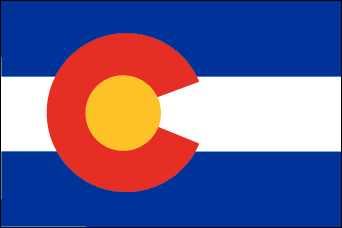
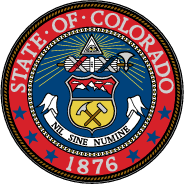

The capital is Denver. It was part of the Louisiana Purchase in 1803. Became a territory on February 28, 1861, and became a state on August 1, 1876 as the 38th state in the Union.
This state has the highest mean elevation with 1,000 Rocky Mountain peaks over 10,000 feet. Among those 54 peaks over 14,000 feet. The famous peak called "Pikes Peak" was discovered in 1806 by U.S. Army Lieutenant Zebulon M. Pike.
Colorado's name came from Spanish meaning "ruddy or red". The state's nickname is "Centennial State". The state animal is the Rocky Mountain bighorn sheep. Adopted in 1961. The state motto: "Nothing without Providence" and the state song is "Where the Columbines Grow".
The state has agriculture, communications, and manufacturing. It is also a favorite spot for skiing and tourism.



This state is the largest east of the Mississippi River and the youngest of the 13 British colonies. This colony was founded in 1732. Georgia became a state on January 2, 1788. The state's name was after the British King George II. The area was first settled in 1733 by British colonists.
The Capital is Atlanta. It has two nickname are: "The Peach State" and the "Empire State of the South". The motto is "Wisdom, Justice and Moderation". Georgia is the nation's number 1 producer of peanuts, pecans, and peaches. The sweet vidalia onion can only be grown in fields around Vidalia and Glennville, Georgia.
Georgia was the first of ten states to vote against women's right to vote. Even after national ratification of women's right to vote in 1920, women could not vote until 1922. The legislation was not officially ratified until 1970.
Source:
[www.history.com/topics/us-states/georgia]
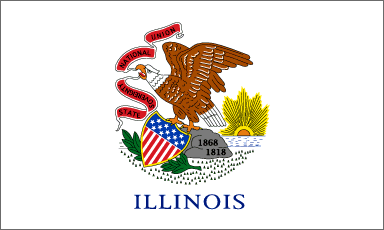
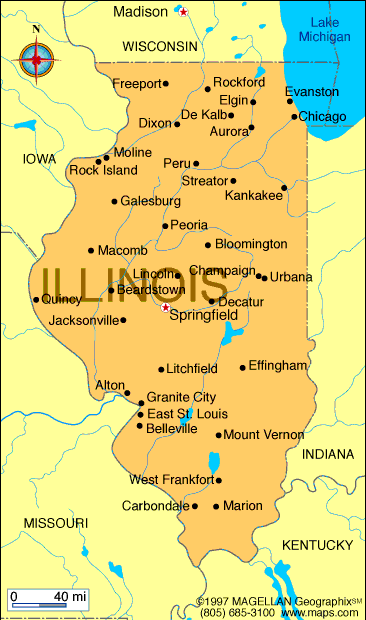

The capital of this state is Springfield. The Illinois region was explored by French explorers in 1673. An area near East St. Louis was settled by the French around 1699. The England took control of the region in 1776 after the French and Indian War. It became a territory of the United States on February 3, 1809. The entered the Union as a state on December 3, 1818 as the 21st state.
This state's name is "Praire State". The state's name has an origin from Algonquin meaning "tribe of superior men."
The state produces many major crops and has a large variety of inductry.
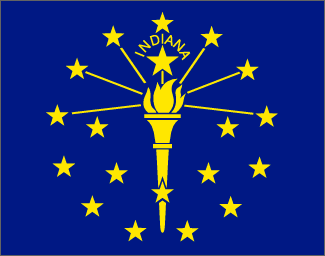


[www.netstate.com/states/symb/flags/images/in_fi.gif]
[web1.ctaa.org/webmodules/webarticles/Indiana_seal.jpg]
[www.campindiana/sg-usersfiles/indiana-regional-map.gif]
The State Flag: The state banner was adopted by the 1917 Indiana General Assembly as part of the celebration of the state's 1916 centennial, after a competition sponsored by the Daughters of the American Revolution. The prize-winning design was submitted by Paul Hadley of Mooresville, Indiana, a respected Hoosier artist.
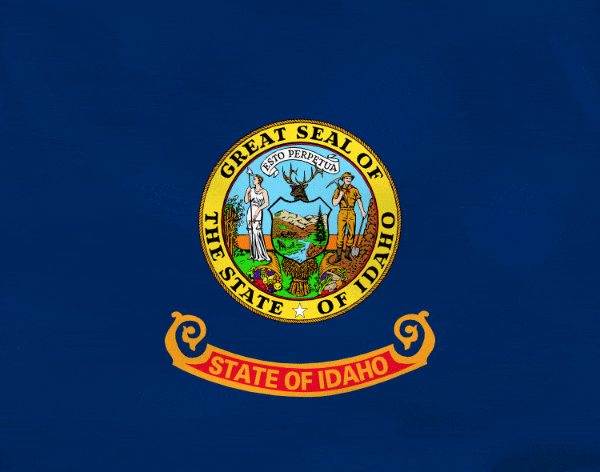


This state's capital is Boise. The origin is the state's name is unknown. Name was invented. It was a territory on March 3, 1863, and a state on July 3, 1890 becoming the 43rd state in the union. Its motto is: "it is forever". The Gem State is its nickname. The region was explored by Lewis and Clark during 1805 to 1806.
Kansas became a territory in 1854 and the 34th state in the Union in 1861. The state's motto is "To the stars through difficulties". It has two nicknames: The Sunflower States and the Jayhawk State. Kansas came from the Sioux word meaning "people of the south wind". Interestingly enough, the state song is "Home of the Range".
Today, wheat fields, oil-well derricks, herds of cattle, and grain-storage elevators are chief features of the Kansas landscape. A leading wheat-growing state, Kansas also raises corn, sorghum, oats, barley, soybeans, and potatoes. Kansas stands high in petroleum production and mines zinc, coal, salt, and lead. It is also the nation's leading producer of helium.

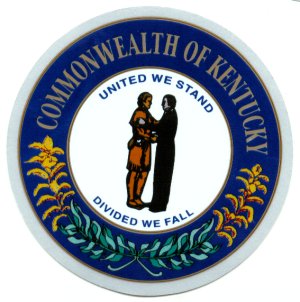

Archaeological evidence shows that Indians lived and hunted in Kentucky as long as 13,000 years ago. Arriving Europeans brought epidemic diseases that swept through the Native American population. By the mid-1700s only a handful of native settlements survived in Kentucky. Native Kentuckians include the Mingo (Seneca-Iroquois), the Cherokee, and the Shawnee.
In 1776 Kentucky became a separate county of Virginia, and was admitted to the union as the fifteenth state on June 1, 1792 - the first on the western frontier.
When the Civil War broke out in 1861, Kentucky was torn apart by conflicting loyalties. Although Kentucky declared itself a neutral state, both the Union and Confederate governments recognized its strategic potential, and both sides recruited openly. This often led to brother fighting against brother.
[www.theus50.com/kentucky/history.php]
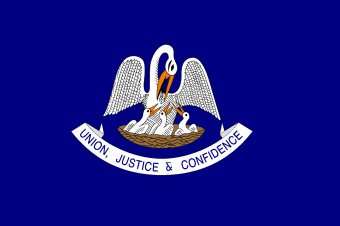
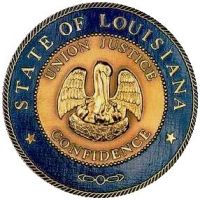



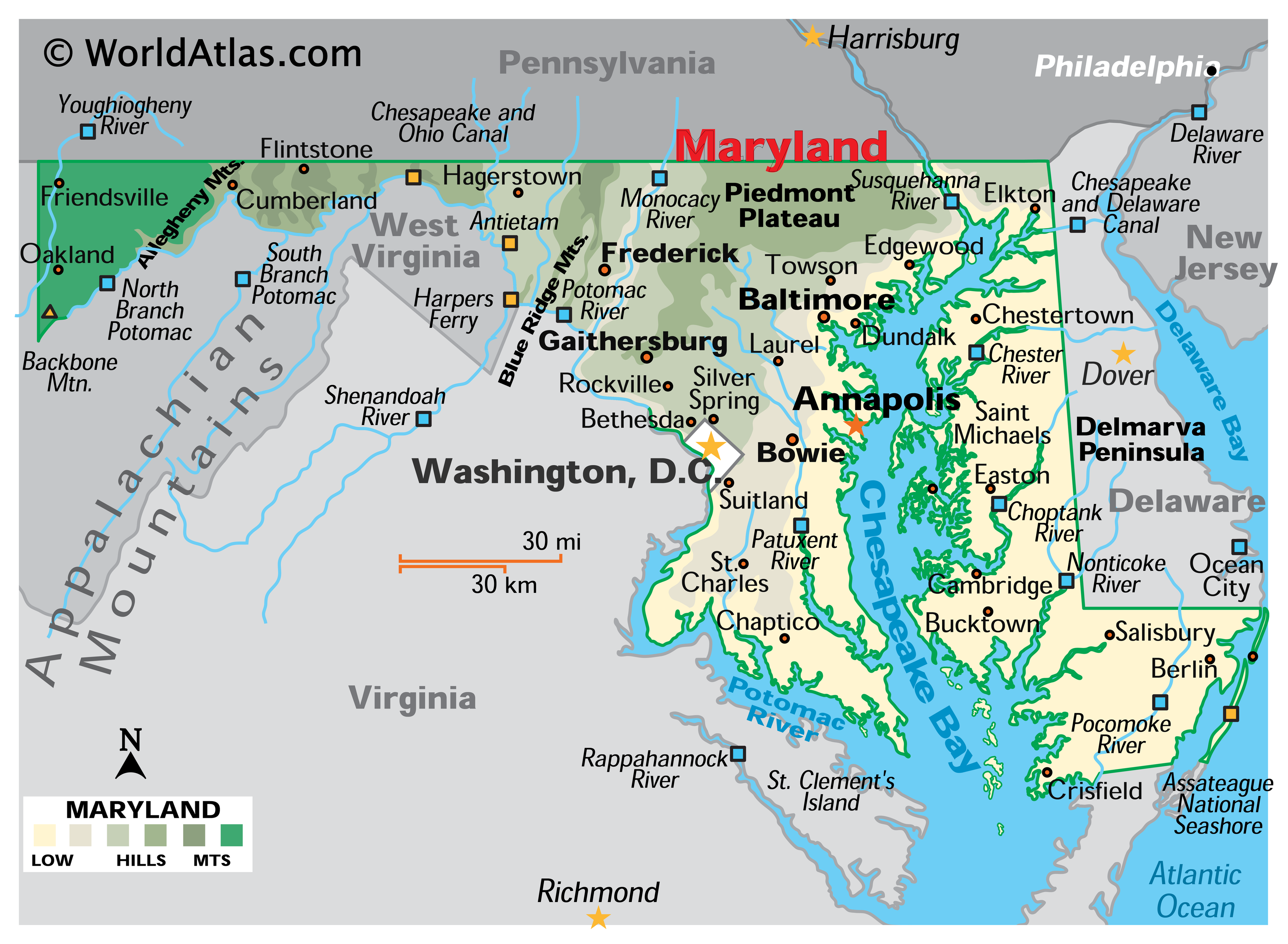
The state's name came from the Mohican/Algonquin Indian word "quonehtacut" which means "long tidal river". The state's nickname is Constitution State. Interestingly the state song is Yankee Doodle. The state flag was adopted in 1897. [www.enchantedlearning.com/usa/states/connecticut]
This state has a rich history of t he Revolutionary War. The state passed "anti-Tory" laws which caused many citizens of the state to flee their homes and farms or face prison time. The Brooks line of my family were among those who still felt loyal to the king of England. They had to flee to Canada and later established a settlement on Prince Edwards Island in Canada. This state became know as the Provision State during the Revolutionary War because food, cannons, and other supplies were provided for the Continental Army. A hero of the war was Nathan Hale. A "heel" of the war was Benedict Arnold. The Battler of Bunker Hill's hero was Israel Putnam. [conneticuthistory.org/topics-page/revolutionary-war]


The capital city is Sacramento. It is the 3rd largest state and it entered the union in 1850 as the 31st state. California has the highest population of Native Americans of 6 different tribes. California is home of the Redwood forests.
There is an interesting history of the state's nickname. First it was the "El Dorado State after the discovery of gold in 1848. Then to promote the state as a place to go, the nickname became The Land of Milk and Honey. Then California was called the Agricultural State to promote its agriculture. Then in 1968 California became known as the Golden State for the yellow poppies that bloom each spring.
The state's motto is "Eureka" which means "I have found it". The state song is: "I love you, California".
Sources:
[www.netstate.com/states/intro/ca_intro.htm]
[www. ca.gov/About/Facts.html]
[traveltips.usatoday.com/historical-Calfifornia-21284.html]
Colorado



The capital is Denver. It was part of the Louisiana Purchase in 1803. Became a territory on February 28, 1861, and became a state on August 1, 1876 as the 38th state in the Union.
This state has the highest mean elevation with 1,000 Rocky Mountain peaks over 10,000 feet. Among those 54 peaks over 14,000 feet. The famous peak called "Pikes Peak" was discovered in 1806 by U.S. Army Lieutenant Zebulon M. Pike.
Colorado's name came from Spanish meaning "ruddy or red". The state's nickname is "Centennial State". The state animal is the Rocky Mountain bighorn sheep. Adopted in 1961. The state motto: "Nothing without Providence" and the state song is "Where the Columbines Grow".
The state has agriculture, communications, and manufacturing. It is also a favorite spot for skiing and tourism.
Georgia


This state is the largest east of the Mississippi River and the youngest of the 13 British colonies. This colony was founded in 1732. Georgia became a state on January 2, 1788. The state's name was after the British King George II. The area was first settled in 1733 by British colonists.
The Capital is Atlanta. It has two nickname are: "The Peach State" and the "Empire State of the South". The motto is "Wisdom, Justice and Moderation". Georgia is the nation's number 1 producer of peanuts, pecans, and peaches. The sweet vidalia onion can only be grown in fields around Vidalia and Glennville, Georgia.
Georgia was the first of ten states to vote against women's right to vote. Even after national ratification of women's right to vote in 1920, women could not vote until 1922. The legislation was not officially ratified until 1970.
Source:
[www.history.com/topics/us-states/georgia]
Illinois



The capital of this state is Springfield. The Illinois region was explored by French explorers in 1673. An area near East St. Louis was settled by the French around 1699. The England took control of the region in 1776 after the French and Indian War. It became a territory of the United States on February 3, 1809. The entered the Union as a state on December 3, 1818 as the 21st state.
This state's name is "Praire State". The state's name has an origin from Algonquin meaning "tribe of superior men."
The state produces many major crops and has a large variety of inductry.
Indiana



[www.netstate.com/states/symb/flags/images/in_fi.gif]
[web1.ctaa.org/webmodules/webarticles/Indiana_seal.jpg]
[www.campindiana/sg-usersfiles/indiana-regional-map.gif]
The State Flag: The state banner was adopted by the 1917 Indiana General Assembly as part of the celebration of the state's 1916 centennial, after a competition sponsored by the Daughters of the American Revolution. The prize-winning design was submitted by Paul Hadley of Mooresville, Indiana, a respected Hoosier artist.
The torch in the center stands
for liberty and enlightenment; the rays represent their far-reaching influence.
The official description in the Indiana Code explains the rest of the
symbolism:
"The field of the flag shall
be blue with nineteen stars and a flaming torch in gold or buff. Thirteen stars
shall be arranged in an outer circle, representing the thirteen original
states; five stars shall be arranged in a half circle below the torch and
inside the outer circle of stars, representing the states admitted prior to
Indiana; and the nineteenth star, appreciably larger than the others and
representing Indiana shall be placed above the flame of the torch."
[www.in.gov/2376.htm]
Indiana became a state on December 11, 1816. Of course everyone knows that the nickname is the "Hoosier State". The motto is "the crossroad of America". Indiana is also known for basketball...and even a fantastic movie: "The Hoosiers". Racing fans know the Indianapolis Speedway. First 500 mile race around the 2.5 mile track on May 30, 1911.
Indiana is the state where the first train robbery in the nation happened. It took place on October 6th, 1866 by the Reno Brothers Gang. They stole 13,000 dollars. Today that is worth 196,950 dollars.
[www.hisotry.com/topics/us-states/indiana]
Idaho



This state's capital is Boise. The origin is the state's name is unknown. Name was invented. It was a territory on March 3, 1863, and a state on July 3, 1890 becoming the 43rd state in the union. Its motto is: "it is forever". The Gem State is its nickname. The region was explored by Lewis and Clark during 1805 to 1806.
In the 1870s, growing white occupation of Indian lands led to a series of battles between U.S. forces and the Nez Percé, Bannock, and Sheepeater tribes.
Mining and lumbering have been important for years. Idaho ranks high among the states in silver, antimony, lead, cobalt, garnet, phosphate rock, vanadium, zinc, and mercury.
Agriculture is a major industry: The state produces about one fourth of the nation's potato crop, as well as wheat, apples, corn, barley, sugar beets, and hops.
The 1990s saw a remarkable growth in the high technology industries, concentrated in the metropolitanBoise area.
With the growth of winter sports, tourism now outranks other industries in revenue. Idaho's many streams and lakes provide fishing, camping, and boating sites. The nation's largest elk herds draw hunters from all over the world, and the famed Sun Valley resort attracts thousands of visitors to its swimming, golfing, and skiing facilities. For more information go to [www.infoplease.com/us-state/idaho.html].
Iowa
[www.barbsnow.net/images/iowa2.jpg]
This area was first visited by European in 1673. It became a territory in 1823 and the 29th state of the Union in 1846. The state got it name from the Iowa River. The river's name came from the Ioway Indian tribe. The state's nickname is the "Hawkeye State". The motto is :"Our liberties we prize and our rights we will maintain".
Agriculture is a 10 billion dollar annual income. Iowa supplies one tenth of the nation's food supply. The manufacturing industry in the state income is twice of agriculture.
Income is also produced in the lumber and mineral industries. In 2012 as the result of a severe drought and extreme temperatures some 40,000 shovelnose sturgeon died when river water temperatures reached 97 degrees. That loss of caviar was to the tuned of 10 million dollars.
Famous people are many that come from Iowa:
William "Buffalo Bill" Cody, Johnny Carson, Ashton Kutcher, Glenn Miller, Harriet Nelson, Donna Reed, and John Wayne to name a few.
[www.infoplease.com/us-states/iowa.htm]
Kansas
[ks.halfstaff.org/flags/KANSAS.jpg] [www.theus50.com/iamges/state-seals/kansas-seal.jpg]
[imgc.allpostersimages.com/iamges/p-473-488-90/41/4155/BIPMF002/posters/greetings-from-kansas-map.jpg]
The state's capital is Topeka. Spanish explorer Francisco de Coronado, in 1541, is considered the first European to have traveled this region. Sieur de la Salle's extensive land claims for France (1682) included present-day Kansas. Ceded to Spain by France in 1763, the territory reverted to France in 1800 and was sold to the U.S. as part of the Louisiana Purchase in 1803. Lewis and Clark, Zebulon Pike, and Stephen H. Longexplored the region between 1803 and 1819.
Kansas became a territory in 1854 and the 34th state in the Union in 1861. The state's motto is "To the stars through difficulties". It has two nicknames: The Sunflower States and the Jayhawk State. Kansas came from the Sioux word meaning "people of the south wind". Interestingly enough, the state song is "Home of the Range".
Today, wheat fields, oil-well derricks, herds of cattle, and grain-storage elevators are chief features of the Kansas landscape. A leading wheat-growing state, Kansas also raises corn, sorghum, oats, barley, soybeans, and potatoes. Kansas stands high in petroleum production and mines zinc, coal, salt, and lead. It is also the nation's leading producer of helium.
[www.infoplease.com/us-states/kansas.htm;]
Kentucky


[www,state-maps.org/ky.gif]
Archaeological evidence shows that Indians lived and hunted in Kentucky as long as 13,000 years ago. Arriving Europeans brought epidemic diseases that swept through the Native American population. By the mid-1700s only a handful of native settlements survived in Kentucky. Native Kentuckians include the Mingo (Seneca-Iroquois), the Cherokee, and the Shawnee.
Archaeological evidence shows that Indians lived and hunted in Kentucky as long as 13,000 years ago. Arriving Europeans brought epidemic diseases that swept through the Native American population. By the mid-1700s only a handful of native settlements survived in Kentucky. Native Kentuckians include the Mingo (Seneca-Iroquois), the Cherokee, and the Shawnee.
In 1776 Kentucky became a separate county of Virginia, and was admitted to the union as the fifteenth state on June 1, 1792 - the first on the western frontier.
When the Civil War broke out in 1861, Kentucky was torn apart by conflicting loyalties. Although Kentucky declared itself a neutral state, both the Union and Confederate governments recognized its strategic potential, and both sides recruited openly. This often led to brother fighting against brother.
[www.theus50.com/kentucky/history.php]
Kentucky prides itself on producing some of the nation's best tobacco, horses, and whiskey. Corn, soybeans, wheat, fruit, hogs, cattle, and dairy products are among the agricultural items produced.
Among the manufactured items produced in the state are motor vehicles, furniture, aluminum ware, brooms, apparel, lumber products, machinery, textiles, and iron and steel products. Kentucky also produces significant amounts of petroleum, natural gas, fluorspar, clay, and stone. However, coal accounts for 85% of the total mineral income.
The capital of the state is Frankfort. The state's motto is "United we stand, divided we fall". It is also known as the Bluegrass State. Kentucky's name came from "Ken-tah-ten" in the Iroquoian word meaning "land of tomorrow".
[www.infoplease.com/us-state/kentucky.html]
Louisiana


State Capital: Baton Rouge
Land was first colonized in 1731 by the French. Became territory of Spain in 1763 after the French and Indian War. Returned to France in 1800, then sold by Napoleon to the United States in 1803 in the Louisiana Purchase.
Became the 18th state in the Union in 1812. The state motto is "Union, justice, and confidence".
Its nickname is "Pelican State". The state was named in honor of Louis XIV of France.
This state is a leader in the production of natural gas, salt, petroleum, and sulfur. The state also produces a number of agricultural products.
On August 29, 2005 Hurricane Katrina hit the state devastating the city of New Orlean.
Famous people from the state include the following: Louis Armstrong, Truman Capote, Van Cliburn, Harry Connick Jr., Ellen DeGeneres, Al Hirt, Jerry Lee Lewis, Wynton Marsalis, and Reese Witherspoon to name a few.
Maryland



[www.50states.com/flag/image/numst032.gif]
[media.web.britiannica.com/eb-media/40/2340-004-3ED28A46.jpg][www.worldatlas.com/img/areamap/575b0a04bd88286a2dacdf61e9661b21.gif]
Maryland was one the13 original colonies and joined the Union on April 28, 1788 as the seventh state.
The capital is Annapolis.
The state has several nicknames: Old Line State, Free State, Cockade State, Oyster State, Monumental State.
The State motto is: "Strong Deeds, Gentle Words" or from the Latin: "Manly Deeds, Womanly Words."
[www.infloplease.com/us-states/maryland.html]
In 1763, astronomer Charles Mason and surveyor Jeremiah Dixon were asked to resolve an 80-year land dispute between the Calvert family of Maryland and the Penn family of Pennsylvania by marking the correct boundary. The resulting Mason-Dixon Line took five years to complete and later became the demarcation between the free North and slave-holding South.The capital is Annapolis.
The state has several nicknames: Old Line State, Free State, Cockade State, Oyster State, Monumental State.
The State motto is: "Strong Deeds, Gentle Words" or from the Latin: "Manly Deeds, Womanly Words."
[www.infloplease.com/us-states/maryland.html]
[www,history.com/topics/us-states/maryland]
Other information about Maryland are these:
Farming: corn, soybeans, poultry, and dairy products.
Coal is mined in the state.
There is steel products, along with the production of communication equipment.
The fishing industry produces crabs and oysters.
There are many government services in the state since Washington D.C. is right next door.
[www.enchantedlearning.com/usa/states/maryland/]



